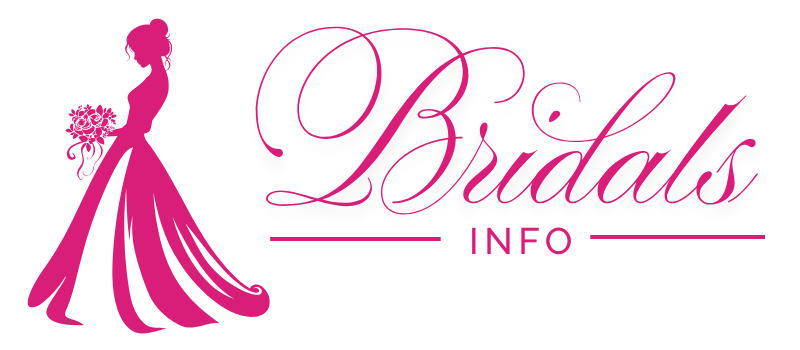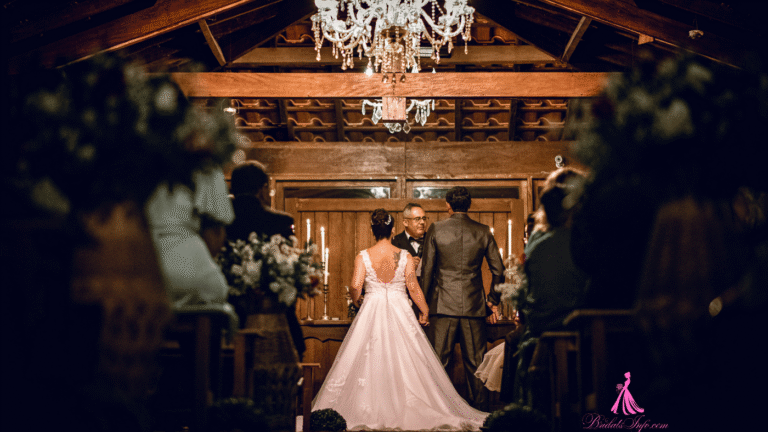Tipping at weddings can seem as complicated as the seating arrangement, but it has a subtle meaning that is particularly meaningful to those who work behind the scenes. Couples have been more conscious of how they express gratitude in recent years, combining customs with their own values and, frequently, a healthy amount of ambiguity.
Couples aren’t merely following the rules when they arrange their advice with empathy and purpose; they’re establishing the foundation for an environment based on appreciation and respect. Celebrities and influencers have had a significant impact on this contemporary tipping custom, as their well-publicized weddings raise awareness of proper vendor behavior. Philippa Craddock, Meghan Markle’s royal florist, was widely praised for her flowers as well as the poise and professionalism she displayed in the face of scrutiny. Although it’s unclear if she received a tip, her involvement spurred a larger discussion about paying creative service providers.
Tips are increasingly seen as extensions of trust in many modern weddings. You can complete a highly collaborative process by giving your team your vision and rewarding their hard work with a monetary token. This is especially important for vendors who also run their own businesses, such as boutique planners or lone photographers. In theory, it is not necessary to tip business owners. However, that technicality frequently seems inconsequential when they arrive early, stay late, and patiently respond to frantic emails.
Confusion still exists, though. Contractual service fees are sometimes confused with gratuities, which they are rarely. Rather than going straight to your diligent employees, these fees frequently support administrative overhead, venue upkeep, or insurance. Couples can prevent the awkwardness of double-tipping or, worse, inadvertently leaving out someone deserving by carefully going over contracts.
Tipping became more impromptu and symbolic during the pandemic, when wedding dynamics underwent a significant change. With incredible adaptability, vendors handled reschedulings, cancellations, and erratic guest numbers. Many couples replied with personalized thank-you gifts, heartfelt notes, and online shout-outs in addition to advice. As a thank you gift, a Chicago bride once commissioned caricatures of her catering staff, which were framed and displayed in the catering office to serve as a constant reminder of the significance of that day.
Alternative gestures are becoming more and more popular, even though financial tips are still frequently given. For independent vendors, posting glowing reviews on Google or The Knot can be a very powerful way to increase sales. There is genuine value in tagging their handles, sharing their work on Instagram, or just telling friends about them—especially for creative professions like live painting, calligraphy, or floristry.
Couples can expedite the tipping process by being strategically prepared. They reduce last-minute chaos by reserving envelopes of cash in advance and designating a coordinator or a trusted friend to distribute them. One creative couple transformed a transaction into a memento by printing thank-you labels with the vendor’s name and a customized quote on each envelope.
Cake decorators and florists, who are frequently left off of customary tipping lists, are becoming more and more acknowledged for their exceptional work. A $200 tip or a considerate gift is more than justified if your floral designer made a hanging chandelier or scaled a 12-foot arbor. These craftspeople usually work alone or in small groups, juggling practical work and artistic design while meeting deadlines.
On the other hand, hair and makeup artists are clearly in the expected category. Tipping 15–25% is customary, much like when you go to the salon. They deserve more than a thank-you, especially for managing group chaos, arriving early, and handling touch-ups with photos and first dances. A $20 Starbucks card and a handwritten note moved one Austin hairstylist to tears; it wasn’t the money, but the thought.
The case of officiants is more complex. Judges and other civil officials may be prohibited by law from taking money. A donation to their organization is frequently preferred by religious leaders. A gift or memento, such as a framed ceremony script, can feel both sentimental and personal for friends or family members filling in as celebrants.
Despite putting in the most effort, catering crews are frequently the most ignored. Tipping employees, particularly exceptional servers, adds a human element to an otherwise administrative expense, even though contracts may already include a 20% service charge. The head waiter should be paid $100, each key staff member should be paid $50, and each assistant should be paid $10 to $20.
Unless your catering contract includes a gratuity, tipping bartenders is mandatory. Instead of using open tip jars, give your bartenders $100 to $150 in a sealed envelope. It establishes a standard in addition to conveying class.
Transportation should be handled with the same caution. Chauffeurs frequently wait outside, manage schedules, and cheerfully help anxious bridal parties. 15–20% of their total fee, or $30 per hour, should be tipped to recognize their frequently unseen contribution.
This changing tipping culture’s emphasis on intention is especially advantageous. It’s about sincerely thanking people who made your day go smoothly, not about mindlessly adhering to a set of rules. Every vendor makes your wedding come to life, from setup crews perspiring beneath tents to musicians energizing the dance floor. Financially or otherwise, expressing gratitude is more about impact than obligation.
Tipping becomes more than just manners in a fast-paced industry that is fueled by recommendations, deference, and customer service. It turns into a community. And in that situation, a thoughtful gesture or thoughtfully placed envelope becomes not only appreciated but also cherished.

